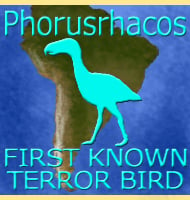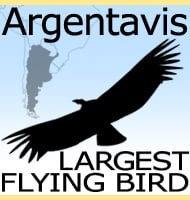Pachyornis Including P. elephantopus (Heavy-footed Moa), P. geranoides (Mantell’s Moa), and P. australis (Crested Moa).
In Depth The Pachyornis genus of moa has a taxonomic history going all the way back to the early days of moa study, though like with many other moa genera, the first remains of Pachyornis were attributed to the Dinornis genus. The Pachyornis genus was spread across virtually all of New Zealand, with P. australis being most common in the northern and southern regions of South Island, P. … Read more

